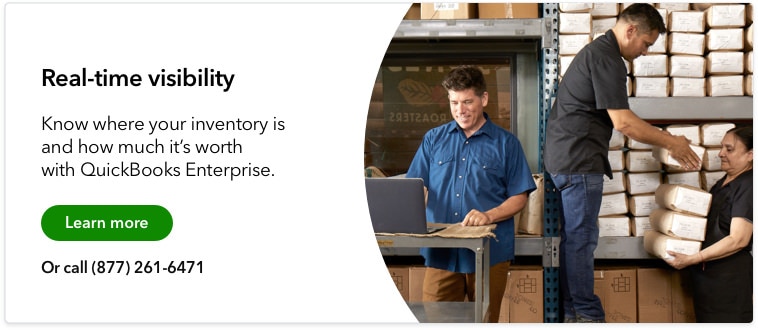The delicate balance between having what you need and having too much is hard to strike with raw materials. Supply chain disruptions, inflation, and commodity price fluctuations make it difficult to manage raw materials inventory efficiently.
There is also an added layer of complexity for raw material inventory as spikes in sales can lead to over-ordering raw materials, resulting in higher manufacturing costs. This article will examine the raw materials inventory category and how businesses can manage it effectively.
What is raw materials inventory?
Raw materials inventory is an inventory classification containing all the direct and indirect parts, subassemblies, supplies and components in your warehouse that hasn’t yet been used for manufacturing.
In manufacturing, there are two main types of raw materials: direct and indirect.
Direct
Direct raw materials are the components that are a part of the manufactured final product. Examples include fabric for finished clothing items or wood for furniture.
Indirect
Indirect raw materials are all the supplies and components used in the making of the final product. Examples include things like nails, lubricants, or cleaning supplies.
How do you calculate raw materials inventory turnover ratio?
Raw material inventory turnover ratio tells you how quickly your organization uses its raw materials, typically over the course of one year. It is calculated by dividing the cost of goods sold by the average cost of raw materials inventory for a specific period.
To calculate the inventory turn over ratio, you divide the average cost of raw materials inventory by the COGS. This will give you your raw material inventory turnover ratio. Use our inventory turnover calculator to calculate how fast you’re utilizing your raw materials inventory.
Your raw material inventory turnover rate can be used to forecast raw material purchasing for the coming year and measure productivity rates.
Best practices for raw materials inventory management
Tracking your raw materials and the associated costs can quickly get complex. Here are a few best practices for managing raw materials inventory.
Don’t get bogged down by work-in-progress inventory tracking
It’s possible to get too granular when tracking work-in-progress inventory.
Depending on how much experience you and your team have in tracking raw materials inventory costs, tracking costs at each production stage can get complex and challenging to track in real time.
Monitor and update re-order levels and safety stock
Seasonal spikes in product demand can significantly impact the amount of safety stock you need. They can also impact your reorder points. While you may have developed a reorder cadence that works, it’s essential to continue monitoring these assumptions. You want to be able to meet the demand for your products while not overstocking materials and increasing costs.
Don’t sweat the small stuff (aka indirect materials)
The materials that directly impact your costs are direct materials. These are the ones that are the most important to track well.
Taking the time and effort to track every nail, screw, or drop of glue — indirect materials — will only lead to inventory fatigue. Plus, the cost-benefit analysis doesn’t justify the effort. Closely monitoring the costs for direct materials, however, is well worth it.
QuickBooks Enterprise includes best-in-class inventory management functionality to track costs from raw materials to finished goods.
Optimize manufacturing
Quickbooks Enterprise includes an assemblies management tool with an inventory formula so you can quickly assess how many items can be produced based on current raw inventory levels.
Automate purchase orders
Quickbooks Enterprise will also automatically create purchase orders when inventory drops below preset levels. This makes it easier to keep your production process running smoothly.
Manage customer expectations
In the event you find yourself out of specific raw materials needed to make finished goods, the available-to-promise feature gives you the ability to project a delivery date to customers looking for specific items.
Final thoughts
Only with well-identified profit margins and controlled costs can growing manufacturers keep their manufacturing overhead at desired levels.
With QuickBooks Enterprise, managing the costs of raw materials becomes less complex with real-time tracking and manufacturing assemblies management made easy.














